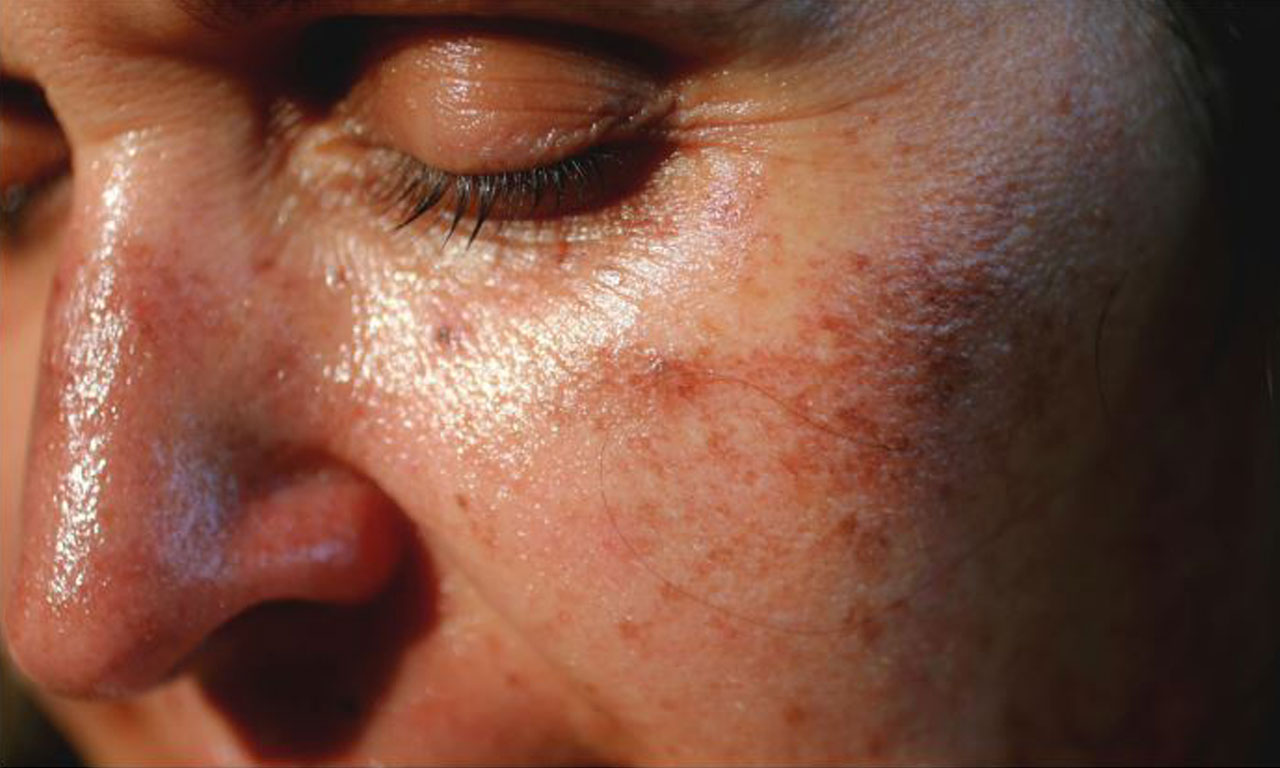Manhattan Beach (Main Office)
1101 N Sepulveda Blvd #100, Manhattan Beach, CA 90266Text - (310)388-4327
Text - (310)388-4327

Sun-damaged skin is one of the most common concerns for many individuals, especially those who have spent a significant amount of time in the sun without the proper protection. This damage can manifest itself in a number of ways, including wrinkles, age spots, loose skin, and blotchy skin. Fortunately, there are a number of treatments available to help combat the effects of sun damaged skin and restore a more youthful appearance.
The sun emits harmful UV rays that can penetrate the skin and damaged cells, causing premature aging and skin cancer. Exposure to the sun without proper protection can also cause hyperpigmentation and uneven skin tone. It is recommended to always wear sunscreen with an SPF of 30 or higher and reapply every two hours for skin protection and prevention. Wearing protective clothing, such as hats and long-sleeved shirts, can also help reduce sun exposure.
If you’re already experiencing sun damaged skin, there are a range of treatment options available to help reverse the damage or at least improve the quality of the skin.
In conclusion, skin that has been exposed to the sun can be effectively treated with a variety of treatments, but prevention is key. By protecting your skin from the sun, you can reduce the risk of developing sun damage and other types of skin conditions. If you’re already experiencing sun damaged skin, consult with a dermatologist to determine what the best treatment plan for your individual needs.